Elecro heat exchanger G2 titanium
The electro heat exchanger G2 Titanium is very suitable for heating swimming pool water using a gas boiler, oil boiler, solar panels or a heat pump. Due to the Titanium exchanger, this heat exchanger is compatible with salt electrolysis swimming pool water treatment.
Different heat exchangers in titanium
The G2 Titanium heat exchanger has a unique design with an exceptionally high heat transfer surface. That is why these heat exchangers are very efficient and THE reference in the swimming pool industry for heating swimming pool water with a central heating system. There is a very wide product range from 30kW to 122kW.
The properties of this Elecro heat exchanger
- Four models ranging from 30 kW to 122 kW
- Titanium instantaneous water heater so that this heater can be used with salt electrolysis
- The housing is made of stainless steel 316L stainless steel
- Compatible with salt electrolysis for swimming pools and therefore also with salt and sea water
- Tested at 4 bar pressure
- Very low loss in pressure
- Connection provided for temperature and flow sensor
- Ideal for mounting on the wall in a technical room near the swimming pool installation
Advantages and disadvantages of a heat exchanger with the central heating system
The Elecro heat exchanger and heat exchangers in general have as benefit that she does pool water heat up QUICKLY. In addition, the heat exchangers are cheap to purchase. However, it is not the most energy-efficient solution for heating the swimming pool water. The most energy efficient solution are the pool heat pumps. The advantage is that swimming pool heat pumps are more economical, the disadvantage is that they do not work silently. After all, the fan makes noise.
A disadvantage of the heat exchanger the installation. This pool heating is linked to your home's central heating system, so connect a plumber or a pool installer to the heating system. At the heat exchanger, a thermostat, a circulation pump and a flow meter are required for the heating to work properly. The thermostat measures the temperature. The circulation pump ensures that the hot water or glycol from the central heating system flows through the heat exchanger. Finally, the flow switch checks whether swimming pool water flows through the exchanger and thus the heat can be transferred to the swimming pool water.
| Pool volume m³ | Medium 25 – 50, Large 50 – 100 |
|---|---|
| Heat exchanger material | Titanium |
| Type of heat exchanger | Single changer |
| Connection | 50mm |
| Heating power | 30kW, 49kW, 85kW, 122kW |
| Performance | Via resume |
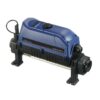
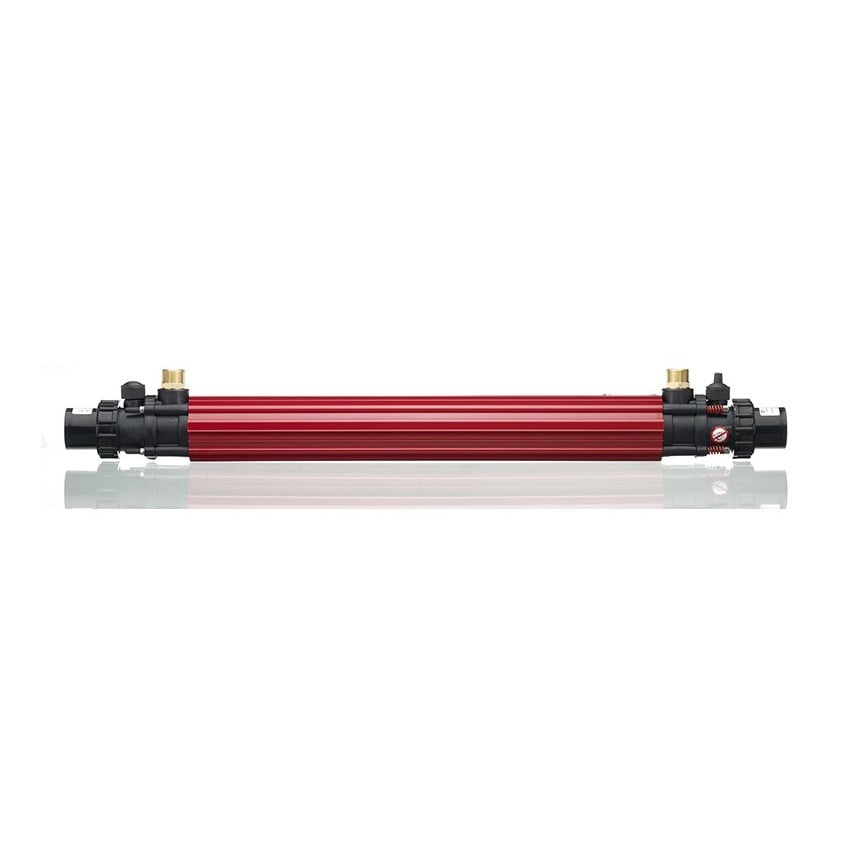
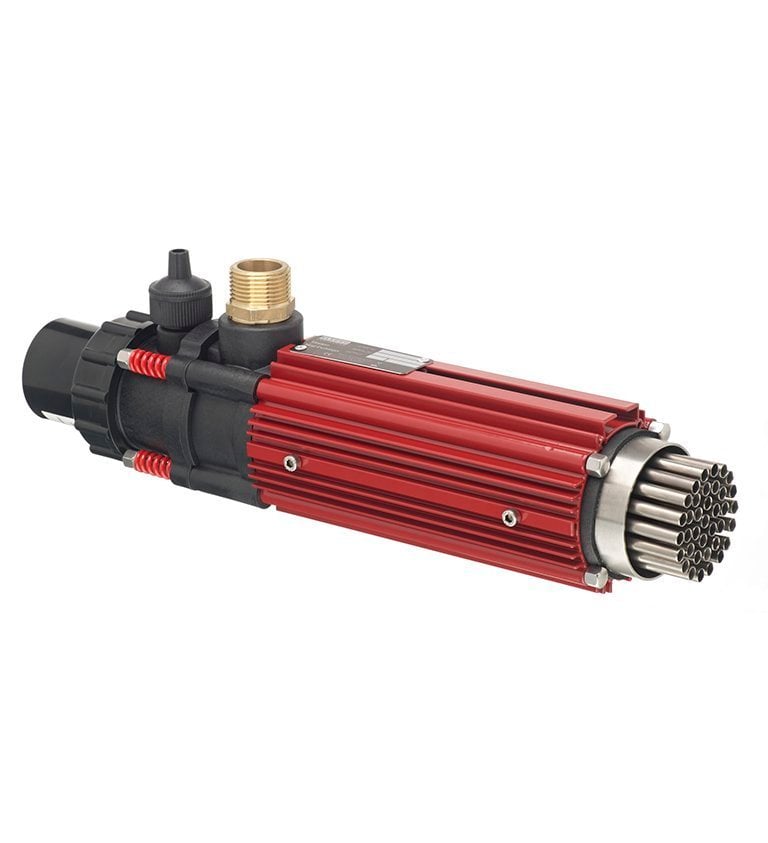
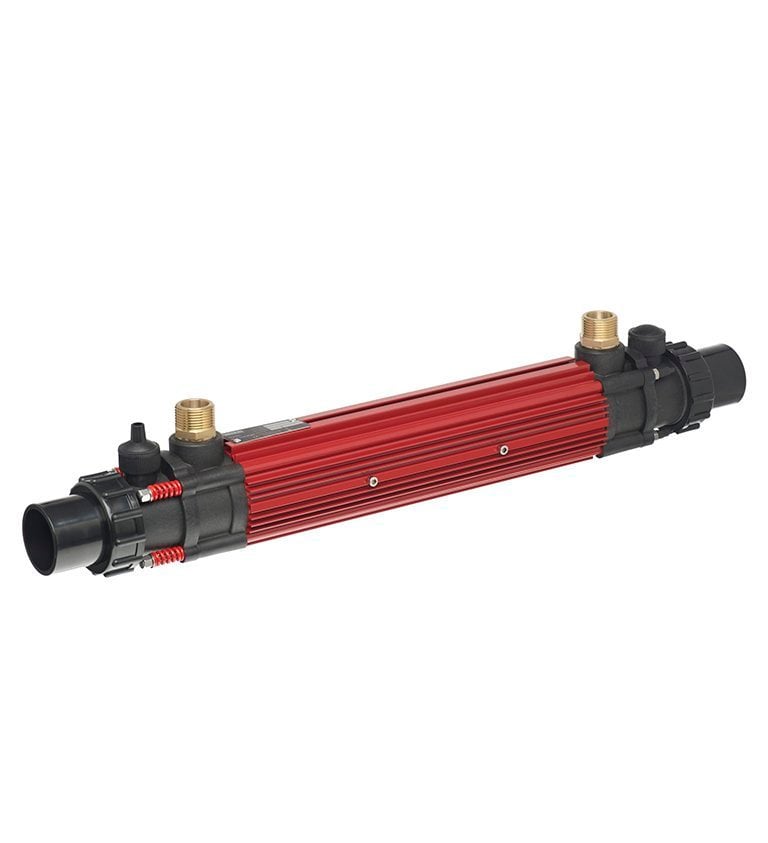
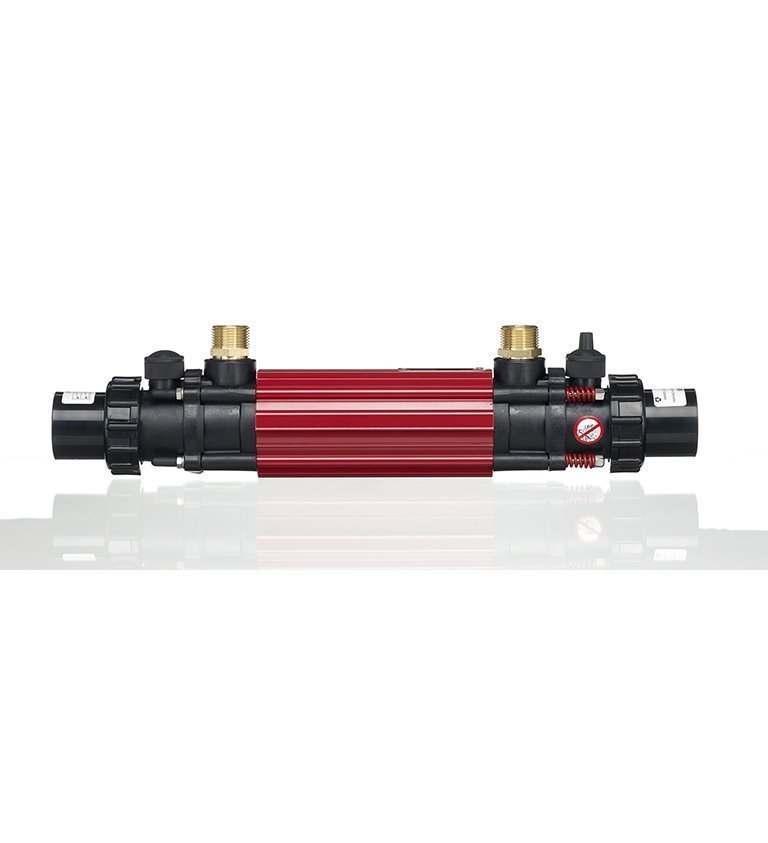
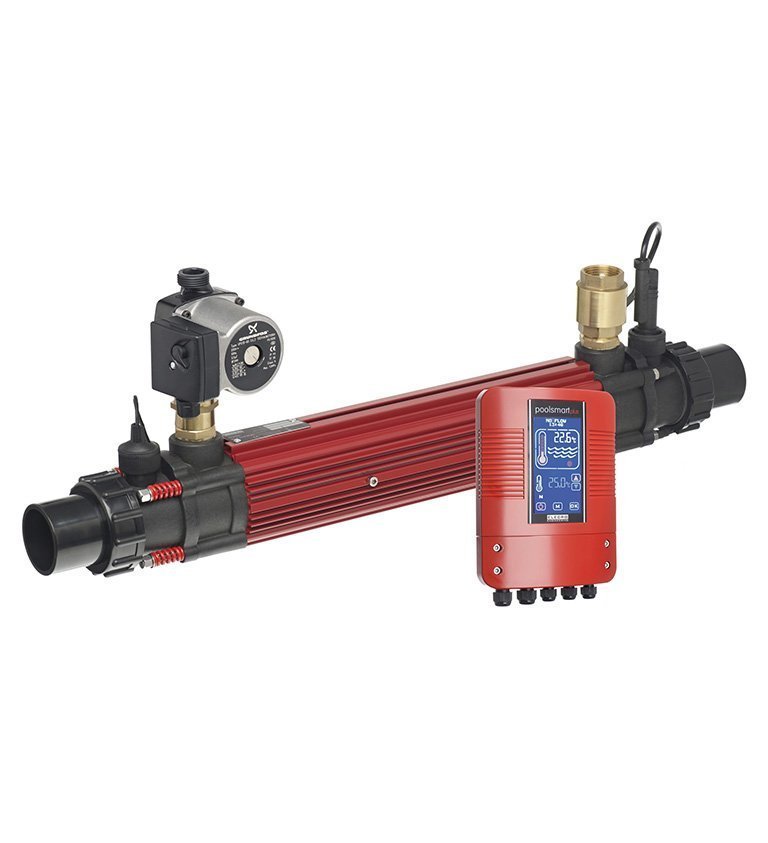
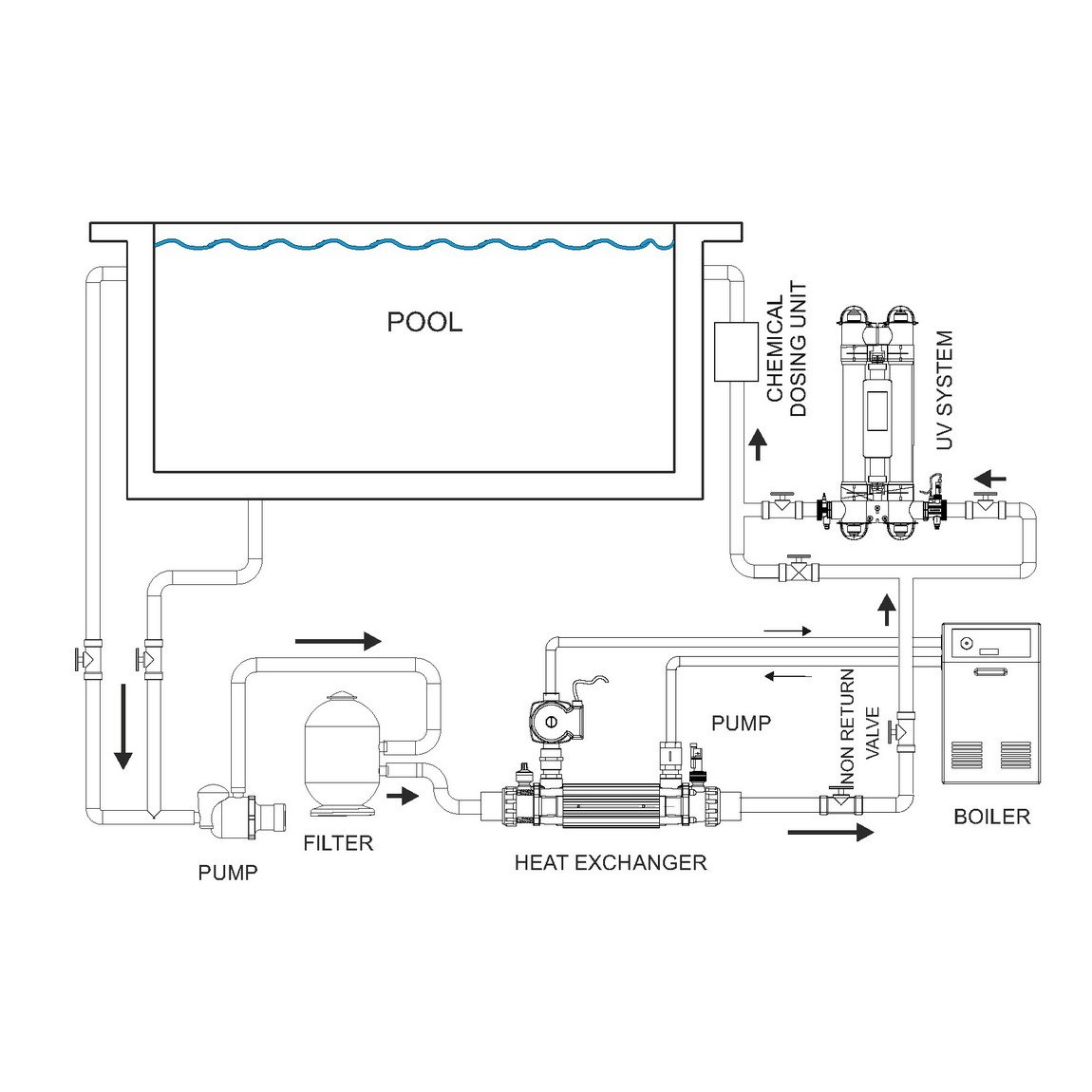
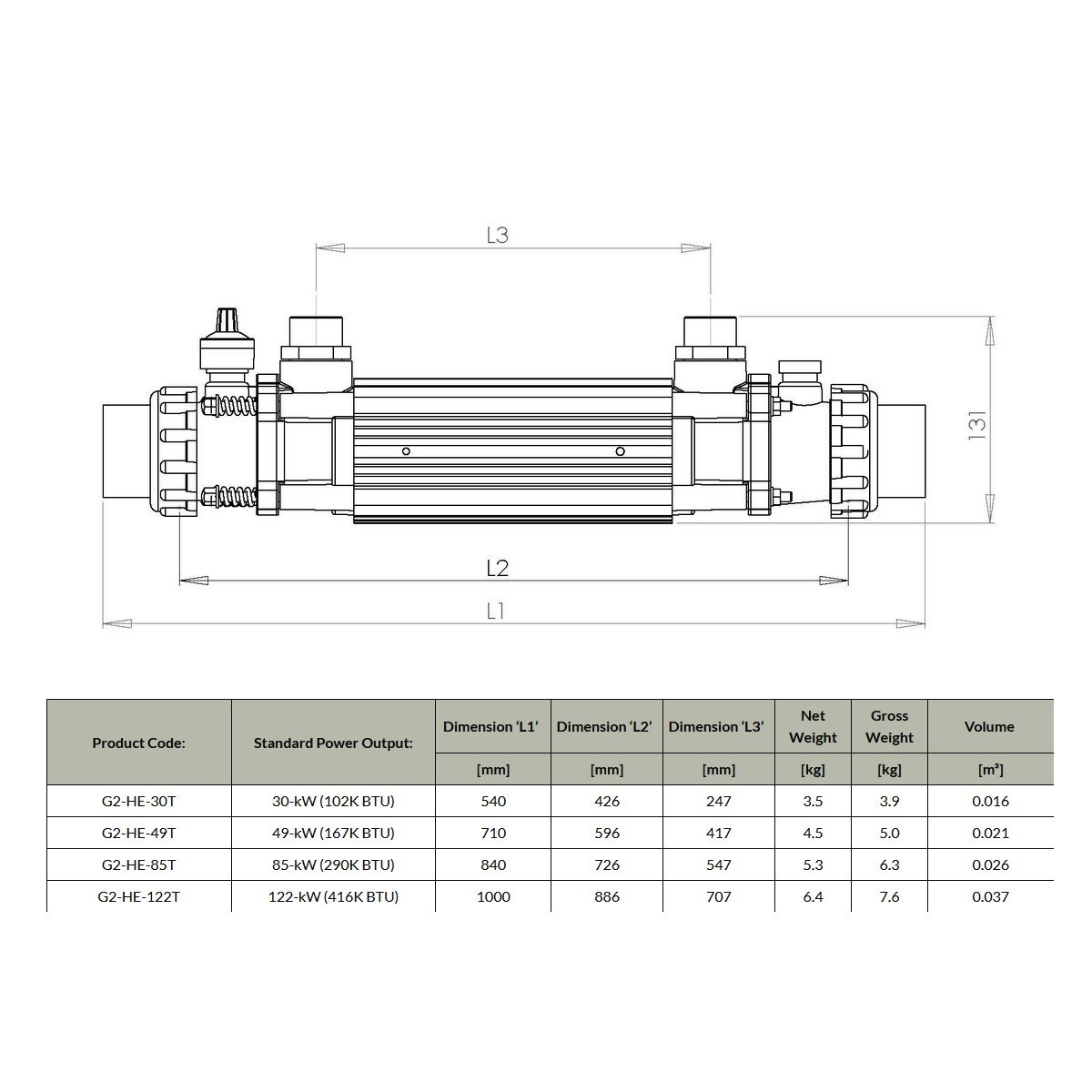
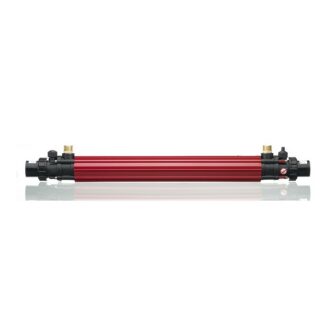
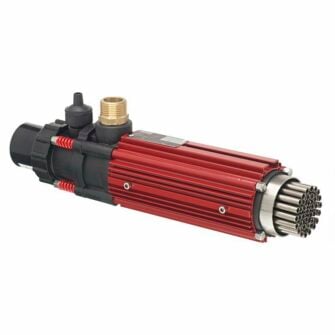
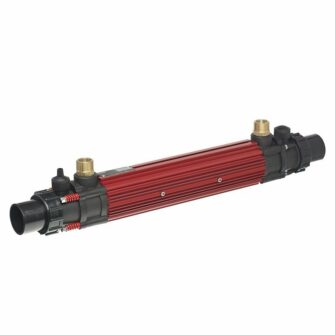
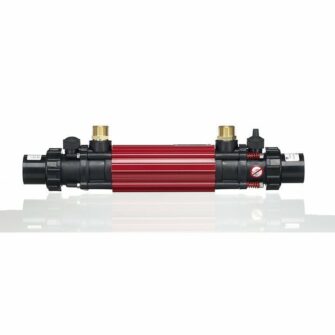
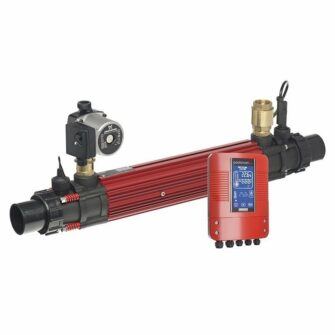
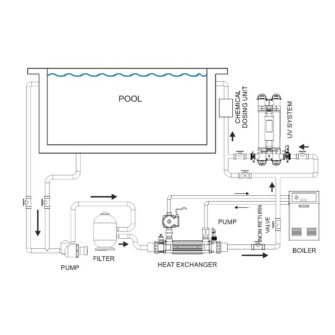
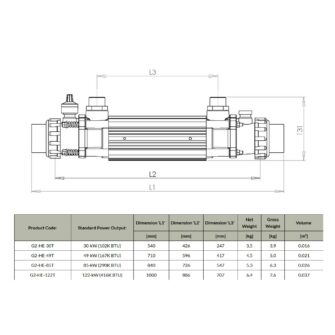
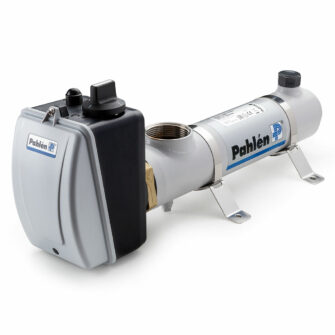
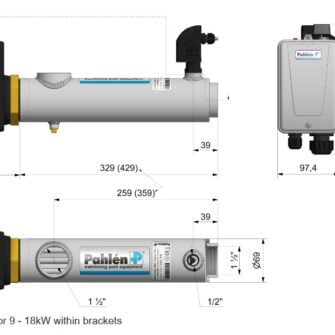
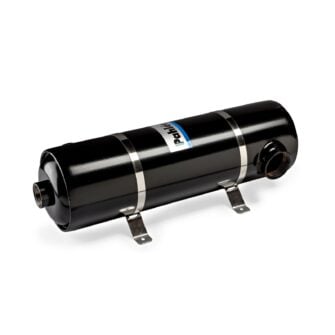
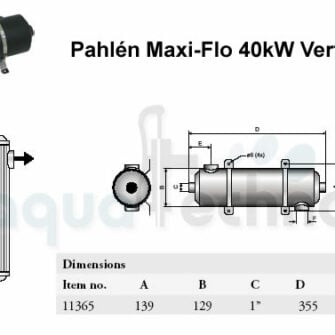
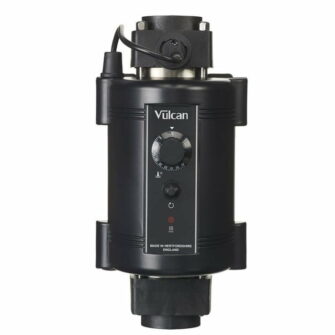
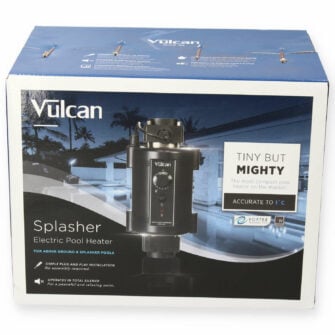
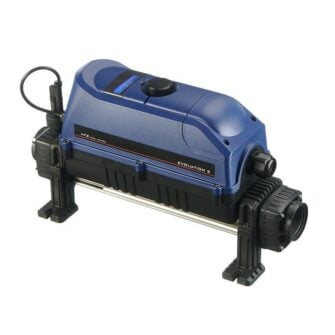
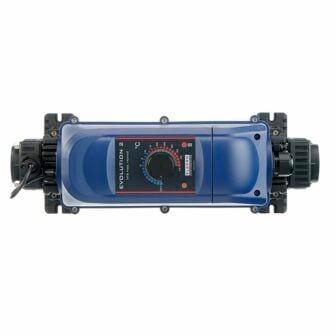
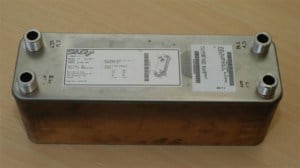
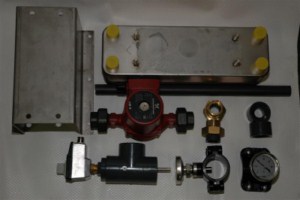

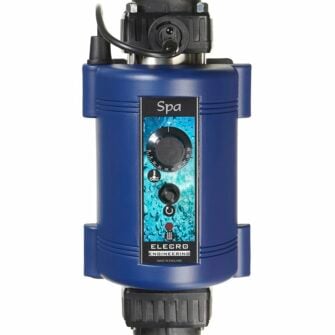
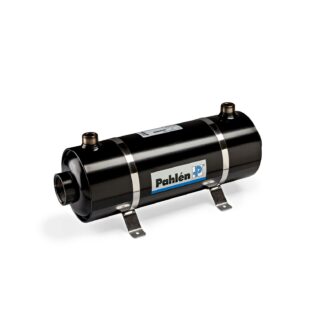
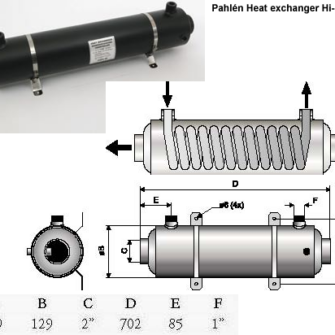
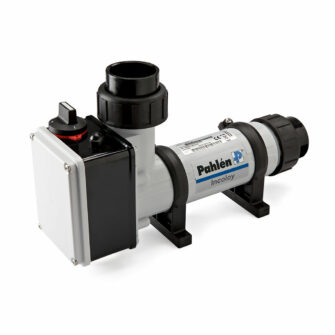
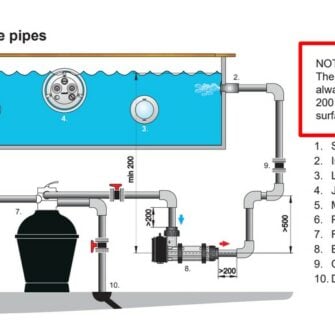
Reviews
There are no reviews yet